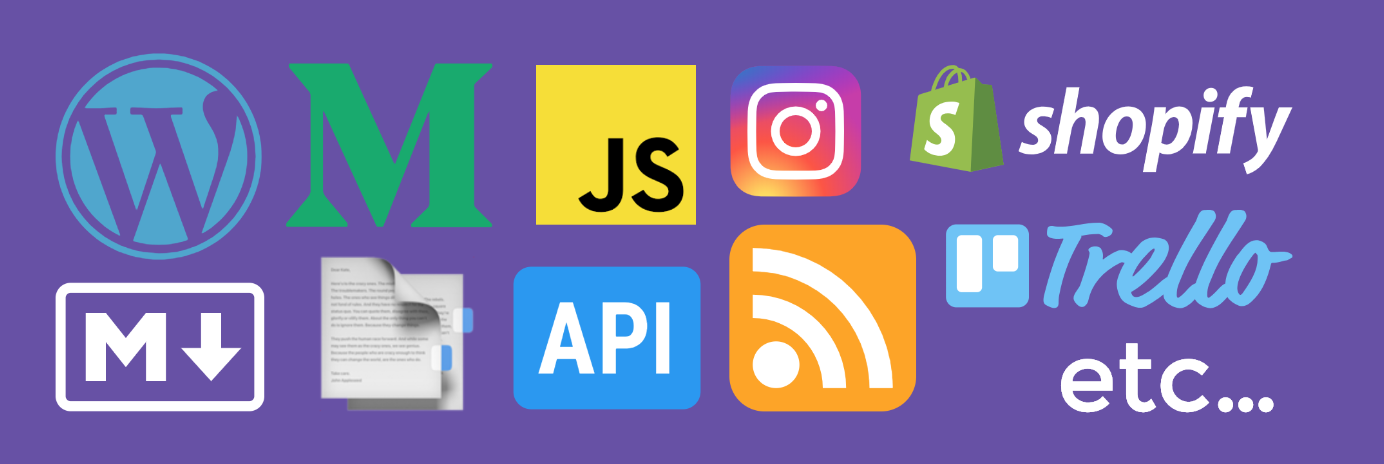“I wasn’t actually in love, but I felt a sort of tender curiosity.”
– F. Scott Fitzgerald, The Great Gatsby.
Ok, so when we talk about Gatsby, we’re not really referencing Fitzgerald’s early 20th century novel.
That said, this particular quote does somewhat call to our feelings about technology. As a ‘tech agnostic’ company, we love to test new platforms, languages and techniques – choosing what’s right for individual products and projects – rather than making grand statements about the infinite ability of one or two.
This month, front-end developer Dave took to the Simpleweb playground* to test the aptly named GatsbyJS, a free and open source framework based on React, that helps developers build modern front-of-house websites, simple web pages and even apps with speed as the main priority.
What makes Gatsby so great?
Whilst there are countless platforms that allow you to easily build websites and pages, one of the key benefits of Gatsby is that speed comes by default – with no complex configuration needed.
As demonstrated in a tweet from Alison Joseph, senior front-end developer at IBM’s open-source design site Carbon Design, a re-build of their site using Gatsby resulted in a site performance score increase of 7 to 80, along with more modest improvements in SEO, accessibility and best practice scores – pretty impressive given the distinct lack of input in the back-end.
Aside from ‘out of the box’ speed, Gatsby features a whole host of plugins (examples pictured below) that allow for content to be sourced from multiple locations.
Plugging into your Medium page as opposed to having a blog sat natively on your website for example, could allow you to have the best of both worlds in terms of exposing your work to a wider audience whilst still having a clear link to the products and services listed on your own website.
The demo
With the main benefits of this sort of platform seen in front-of-house sites, it seemed sensible that the first place we test this would be with the Simpleweb site itself.
We regularly use React (the tech behind Gatsby) in our daily workflow, which made working with Gatsby both familiar and easy to implement in a quick experiment.
The above screenshot is a basic example of what an import of our website content might look like in a simple Gatsby site. And whilst Dave did not import the images from our current site, we did see improvements in speed and accessibility, as we’d hoped, in the Gatsby version.
For us, the potential for site security to be greater was a draw. With WordPress now powering an estimated 30% of all websites across the globe, it’s inherently more vulnerable to attacks from hackers.
Gatsby, with its simplified stack and contained front-end, simply has less to hack. That’s not to say Gatsby is immune. But it does open the debate as to how sites can future-proof themselves security-wise by taking a step back from the most obvious web tools on the market.
Check out Dave’s slides on Gatsby for a fuller look into this fast-growing static site generator.
*Simpleweb Playground is the opportunity for any member of the team to make something cool or learn something new, preferably both at the same time.
If you’d like to discuss your startup or project, get in touch with Simpleweb today.





